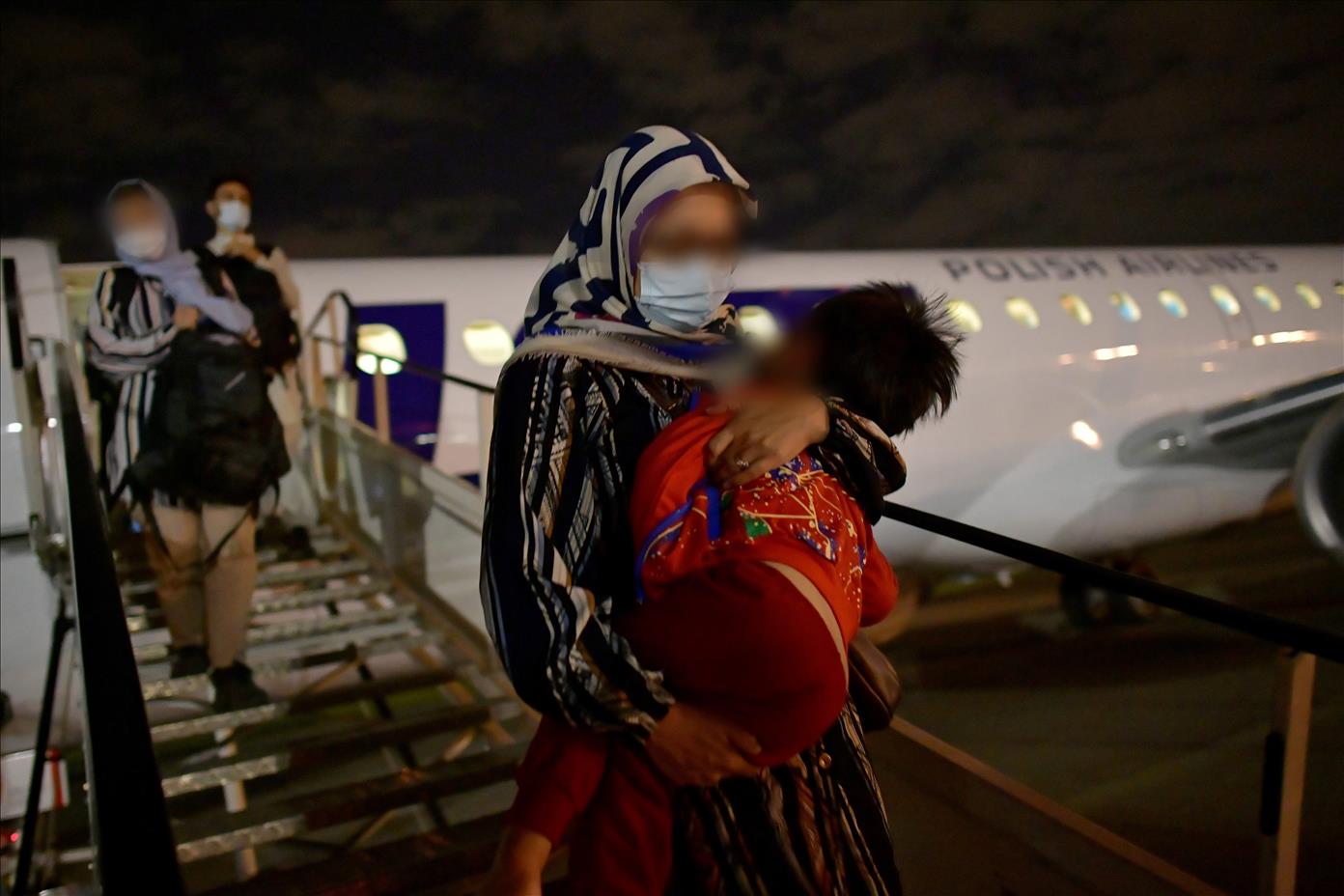Author:
Emilie McDonnell
(MENAFN- The Conversation)
With the withdrawal of US and allied forces and final evacuation flights having departed, it's becoming difficult and dangerous for most Afghans to leave the country. Evacuation flights were only available to select groups, notably foreign nationals, Afghans employed by western organisations, and those most at risk of Taliban reprisal.
For those still trapped in Afghanistan and the Afghan refugees potentially ending up in limbo in neighbouring countries, securing their right to leave – including to seek asylum – is critical. It deserves continued attention and action from the international community.
The right to leave any country is well established in international law, being enshrined in most major human rights instruments. Article 12(2) of the International Covenant on Civil and Political Rights provides that:“Everyone shall be free to leave any country, including his/her own”, subject to limited lawful restrictions.
Although the right protects everyone, it is of utmost importance for those seeking to flee and secure protection abroad. During the cold war, the right to leave was under assault : the Berlin wall was designed to stop people escaping and choosing“what type of government they wish to live under by moving from one country to another”.
Today, the right to leave remains a practical and legal necessity. An individual cannot become a refugee under Article 1A(2) of the Refugee Convention if they have not yet left their state of origin or place of habitual residence.
Duties under the right to leave
The right imposes several possible obligations on the Taliban, foreign governments and international organisations to give effect to the right to leave Afghanistan and countries of first asylum. As demonstrated by the Human Rights Committee's General Comment 27 on Freedom of Movement published in 1999 and its decisions on individual complaints , people have the freedom to leave any country, including their own. This must be secured by both the country one intends to depart from and a person's country of nationality if he or she is abroad. The comment makes it clear that:
Given that the Taliban have control of Afghanistan, they have a clear duty not to unlawfully obstruct the right of anyone wishing to leave the country. They must honour their promise that all foreign nationals and Afghan nationals with permission to travel to other countries will be allowed to leave. But Afghans without such permission should also be able to escape, given the right to seek asylum (Article 14 UDHR ) and Article 31 of the Refugee Convention prohibiting the penalisation of asylum seekers for illegal entry.
Neighbouring countries and destination countries in the global north also bear duties under the right. They should not obstruct departure by closing their borders, building walls or pushing asylum seekers back at land and sea borders, denying them entry to access asylum. Critically, for the right to be effective and not merely illusory, the international community must continue to facilitate the safe departure of those who want and need to leave both Afghanistan and neighbouring countries. This should begin with – but not end at – the most vulnerable and at-risk people.
Securing the right on the ground
This will require a coordinated international effort among governments, international organisations and civil society, guided and led by Afghan voices. Several options can work together to secure the right to leave and ensure Afghan asylum seekers and (would-be) refugees can exit the country and find protection in safe third countries.
First, as many organisations and groups have already advocated for (summarised here ), foreign governments should establish an orderly departure programme in Afghanistan. Governments must also introduce humanitarian“corridors” or visas for Afghans from first countries of asylum – for example, Pakistan – so they can travel to and receive protection in safe third countries. Resettlement schemes should also be scaled up.

Welcome to Poland: evacuees from Kabul arrive at Warsaw, Poland. EPA-EFE/Marcin Obara Second, neighbouring countries must keep their borders open , rather than erecting fences . Safe land corridors within and out of the country should be secured by the UN and other international organisations, including Nato forces, the UN Refugee Agency (UNHCR) and the International Organization for Migration (IOM).
As France initially proposed , a UN-controlled safe zone in Kabul should also be established that would allow safe passage to the airport for people seeking to leave. Disappointingly, the UN Security Council adopted a resolution on Monday August 30 that stopped short of calling for such a safe zone or outlining clear consequences for the Taliban if it flouts its commitment to allow Afghans to leave.
Third, given the need for sharing responsibility globally during such a humanitarian crisis, countries further afield and in the global north must also keep their borders open, respecting the right to seek asylum through onward and spontaneous movement. They must not reject, collectively expel or return Afghans home.
Lastly, it is important to recognise that the right to leave includes the right to obtain necessary travel documents. Given that a lack of travel documentation represents a barrier for many seeking to move safely and regularly between countries, governments should consider waiving visa requirements for Afghans. They should also remove sanctions on airlines for carrying undocumented Afghan asylum seekers, as well as provide emergency travel and identity documents as required.
The people of Afghanistan need ongoing, robust international cooperation and humanitarian assistance. Now is not the time for closed borders, pushbacks or the shirking of responsibilities as is so often the case. The right to leave to seek asylum and other fundamental rights must be upheld.

MENAFN01092021000199003603ID1102725417
Legal Disclaimer:
MENAFN provides the information “as is” without warranty of any kind. We do not accept any responsibility or liability for the accuracy, content, images, videos, licenses, completeness, legality, or reliability of the information contained in this article. If you have any complaints or copyright issues related to this article, kindly contact the provider above.